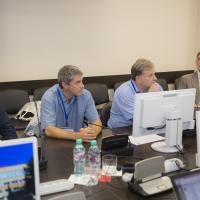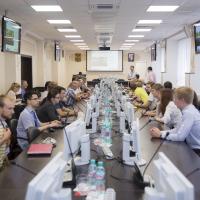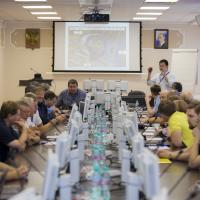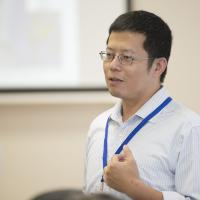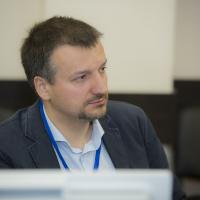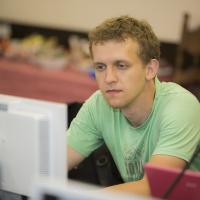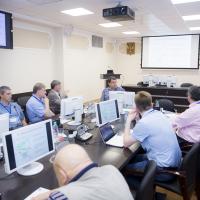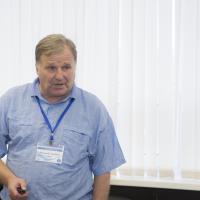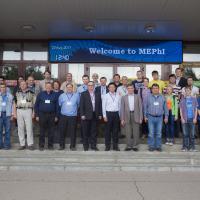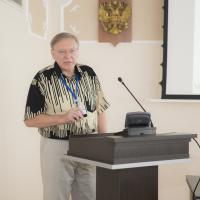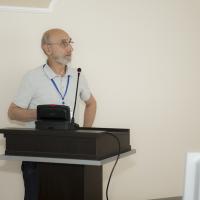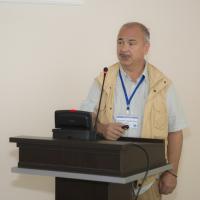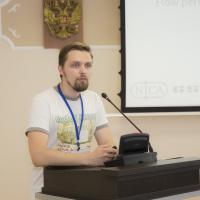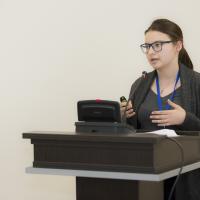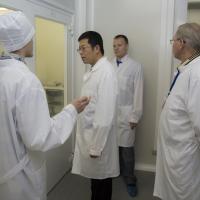The head of the international STAR collaboration (BNL, USA) Zhangbu Xu has visited MEPhI in late August. The STAR experiment deals with in one of the most interesting and unexplained phenomena: scientists explore the first moments after the Big Bang and how our universe was formed. International STAR experiment (Solenoidal Tracker at RHIC) is one of the major experiments in the world for the study of the properties of quark-gluon matter formed in collisions of relativistic heavy ions at the RHIC of the Brookhaven National Laboratory (USA). The participants of the experiment are 63 universities and the institutes from 13 countries, the full number of scientists is 611 people. At the moment, the number of Russian participants of the STAR collaboration is 51 people.
During the visit, the head of the international experiment held a lecture on the physics of relativistic heavy ions for students and graduates, acquainted them with the experiment, its goals, objectives and recent results. In the framework of the youth section, students got the opportunity to present the results of their research. In addition, Russian participants of the STAR experiment from the Joint Institute of Nuclear Research (Dubna) and the Institute for High Energy Physics (Protvino) told attending the event on their work.
As Zhangbu Xu told, he had long wanted to visit Russia: "Finally I got it. I visited Dubna, than MEPhI, several universities are ahead. Today we’ve met with the Russian participants of the collaboration, discussing business issues, such as, for example, the possibility of holding a meeting of the collaboration here the next year." He noted that it is very useful to hold such meetings because of the need to understand each other and know how people work towards common goals. Participants communicate with each other, share ideas and experiences at such meetings. “I cooperate with scientists and students of MEPhI. They work hard and are high professionals,” said the head of the STAR collaboration.
A group of scientists from MEPhI has been taking part in the work of the international STAR collaboration since 1994. Staff took part in the experiment by suggesting a number of improvements to the existing detector systems and created a new one. Scientists and students of MEPhI have actively been engaged in physical analysis, in particular investigating the flows and the spatial and temporal structure of field emission of particles, which are formed in the collisions of nuclei.
"At present days, the research group of MEPhI is growing, there are more and more talented young people – active participants of the experiment. The processing and analysis of data is the important part for any experiment. Students of our university can participate in research. The STAR group of MEPhI always glad to meet new people!” said Gregory Nigmatkulov, assistant of the MEPhI Department №7, who is the Deputy Physics Analysis Coordinator in the STAR experiment since July 2017.





